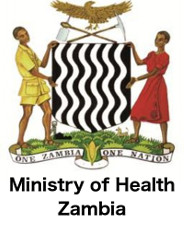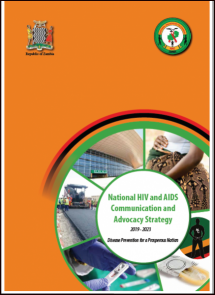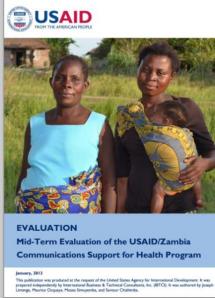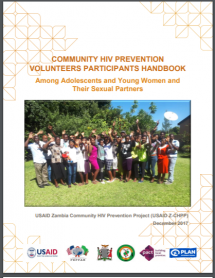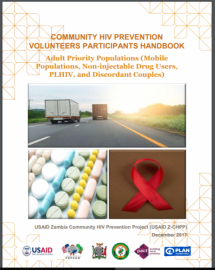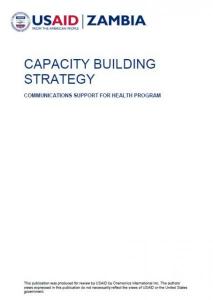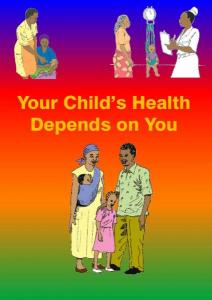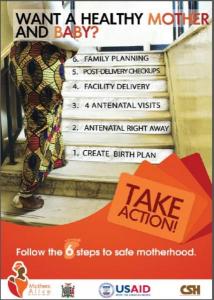Zambia National HIV and AIDS Communication Strategy
Source: Breakthrough ACTION/Johns Hopkins Center for Communication Programs
Year of Publication:
2020
The Zambia National HIV and AIDS Communication and Advocacy Strategy is designed to engage all stakeholders involved in Zambia’s HIV response. The strategy identifies how social and behavior change communication (SBCC) may be most effectively used to increase HIV-related health-seeking behaviors through a variety of approaches that are appropriate within the Zambian context and considered to have high impact.
This document is intended to help implementing partners design social and behavior change programs especially on comprehensive HIV prevention with a full knowledge of the characteristics of their target audiences for maximum results and a guarantee of value for money. The NACAS is a useful resource which will help partners appreciate the social conditions, institutional and policy issues that may be shaping the behaviors of their target audiences.

